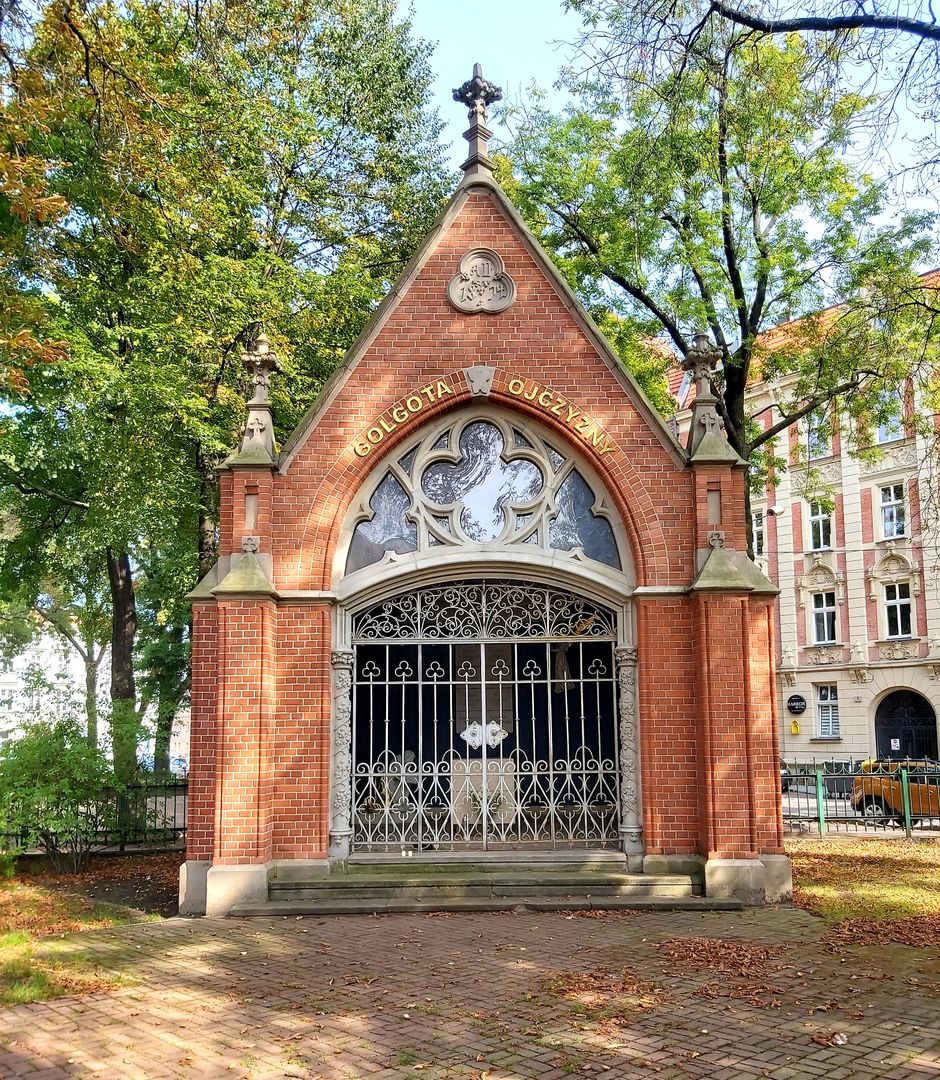St. Mary's Church in Katowice
7.26

Overview
The Church of the Immaculate Conception of the Blessed Virgin Mary in Katowice, built between 1862 and 1870 on the plan of a Latin cross, is an exceptional example of Neo-Gothic architecture. Designed by Alexis Langer, it stands out with its single-bay polygonal chancel and a tall, 71-meter tower featuring a pyramidal spire—typical of Langer’s style—though constructed from dolomite, which gives it a more squat appearance. The church preserves the Neo-Gothic tradition, as well as elements that influence its architecture, such as the rib vault in the nave. The interior is richly decorated with stained-glass windows designed by Adam Bunsch and paintings from the Marian Cycle by Józef Unierzyski. A culturally significant feature is the altar in the transept, dating back to the third quarter of the 15th century, representing German Gothic painting. The church also holds great historical importance, as its construction was a response to the rapid industrialization of Upper Silesia in the 19th century. In this context, it is worth mentioning the decision of Wrocław Bishop Heinrich Förster, who not only provided financial support for the project but also modified the original, more monumental plans to better suit local conditions. Importantly, in the 1970s, the church lost some of its original furnishings, but a comprehensive restoration of the stained-glass windows was carried out in 2001. An interesting fact is that the building is the only stone church designed by Langer, making it unique in his body of work. Today, the church is not only a place of worship but also an important landmark on the historical and cultural map of Katowice, forming an integral part of the Parish of the Immaculate Conception of the Blessed Virgin Mary.
Location
Tickets
Powered by GetYourGuide
2025 Wizytor | All Rights Reserved